Branded Podcasts: 3 Ways To Harness The Power of Pods
In our last two articles, we explored the power of podcasting and the most common mistakes companies make. Today, we lay out the three key ways organisations can utilise podcasts: brand and audience building, targeted sales, internal engagement.
If you’re on the go, listen to an audio version of the article here:
Whoever you’re looking to engage, podcasts offer an answer. It’s a versatile medium with innate qualities which can be easily adapted to fulfill different organisational goals.
Podcasts create space for storytelling - which lends itself perfectly to achieving marketing objectives around brand and audience building. Remember: they are a property for you to build on.
Podcasts can also be used in a more targeted way: snackable (i.e. short) podcasts make a persuasive sales tool, perfect for bringing exclusive thought-leadership to the ears of those hard to reach budget-holders.
And, increasingly, large or highly distributed organisations are using podcasting to revitalise corporate communications - allowing them to engage with their employees in a direct, personal way.
Building Brand and Audience
Producing your own podcast is an unparalleled opportunity for long-term audience development and brand building. As we explored in the previous articles, more and more big name brands, from across industries, have adopted this tool: McDonalds, Dell, Tinder, General Electric, eBay, LinkedIn, the list goes on.
And it’s not hard to see why - the 2019 Infinite Dial Report showed 70% of listeners don’t do any other activity whilst listening to a podcast. That undivided attention is hard to come by in our distracted world.
As a medium, audio also offers a personal connection between the narrator and the audience - and a direct line to people who have proactively engaged with the content. As Niharika Shah, head of brand marketing and advertising at Prudential put it, “Podcasts are a marketer’s dream when it comes to getting people’s undivided attention… It lends itself well to storytelling, and consumer adoption has been at high levels.” By adopting an advertorial style and working with professional journalists and producers, brands are able to create the personal, emotive style of content that has been proven to hook listeners.
Fast Company even called branded podcasts “the ads people want to listen too”. When you create the content rather than just sponsor it, you become the convener of the conversations happening around your business and in your industry. Listeners have also reported enjoying the absence of ad breaks in branded content which brought a particularly immersive listening experience.
Targeting High Value Sales
In B2B industries the challenge is getting the right people - the budget-holders and decision-makers - to engage with your ideas. These are traditionally some of the hardest people to reach, but podcasting offers an alternative avenue to traditional marketing materials such as white papers and webinars. According to Adobe's vice-president of experience marketing, the podcast version of their white papers receive 6 x the number of downloads compared to the PDF - and cost 10-15% of one of their videos.
At Message Heard, we’ve worked with companies to create podcasts intended to be listened to by only 20 people - the right 20 people - getting the right ideas into the right ears and thus driving high-value sales.
And remember, podcasts reach busy people, who are on the go, in a way that video and written content can’t: 64% of podcast consumers listen in their car, 49% whilst walking, 37% whilst at work and 37% on public transport. Audio consumption fits easily in our modern lives, rather than adding another thing to the to-do list.
Building Internal Engagement
Podcasts are also a promising new tool for companies looking to create a strong culture and reinvigorate their internal communications. According to the Wall Street Journal, one in roughly 30 companies in the S&P 500 produce a podcast that targets either their employees or external audiences, or a combination of the two.
“The facts told us every time we sent an email or a newsletter, no matter how wacky… our colleagues didn’t look at them...”, our client at a global tech services firm told us. “One of our objectives [for our podcasts] was around creating conversations that our colleagues can feel they are part of rather than just being talked at.”
So, what was the feedback from their series, you might be wondering? “A lot of people feel like they are part of the conversation. And when we’ve gone and asked if this is a medium that enriches our communication, the overwhelming response has been yes.”
This is the final instalment of our blog series looking at the power of podcasts for brands and business. You can read parts one and two here.
If you have any questions or are looking for production help please reach out to jake@message-heard.com.
